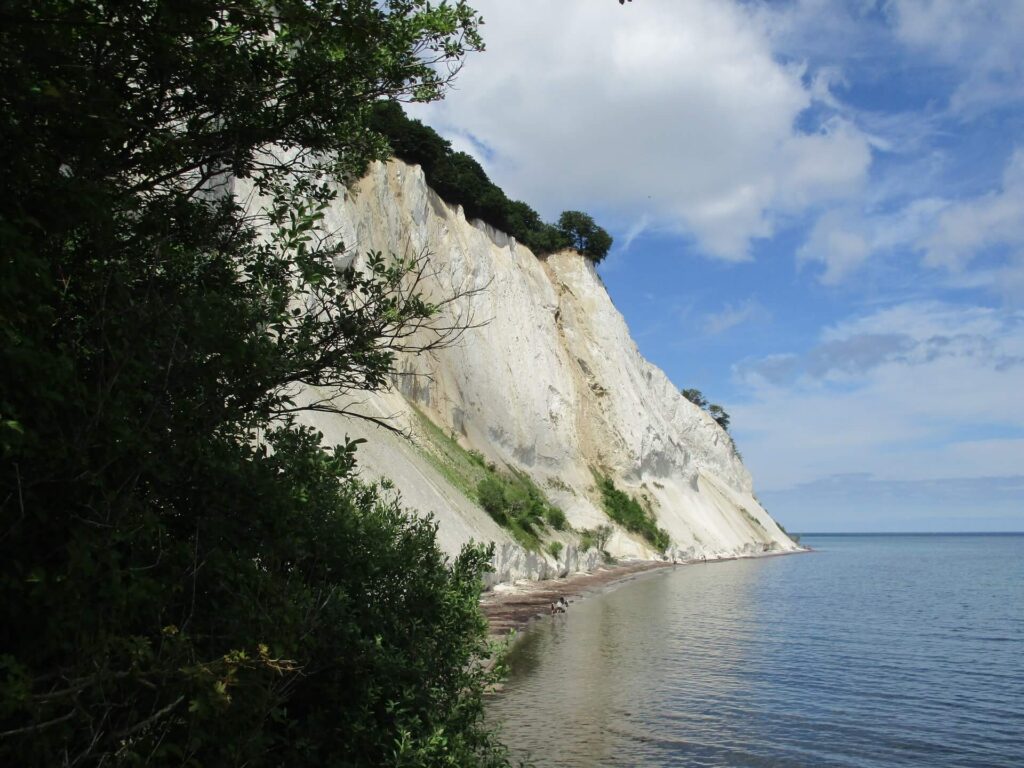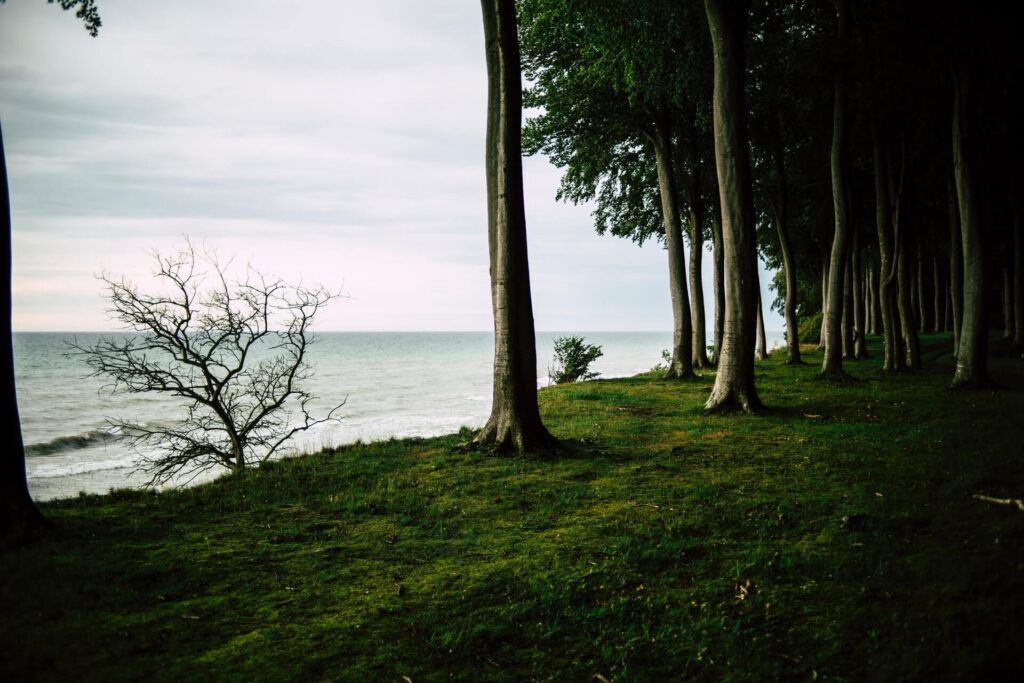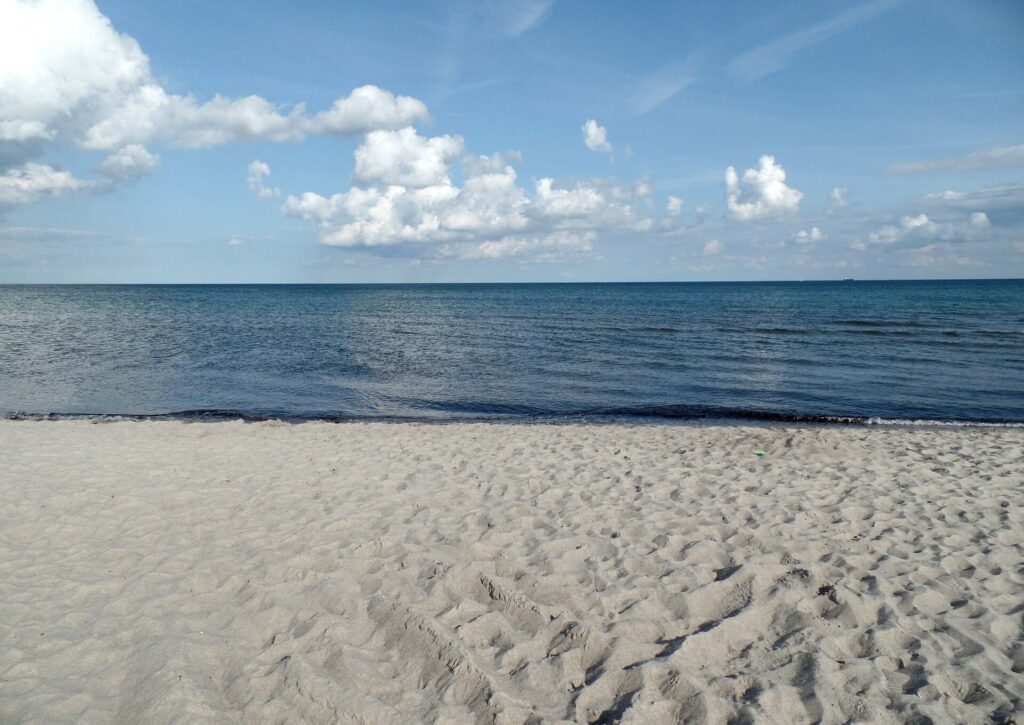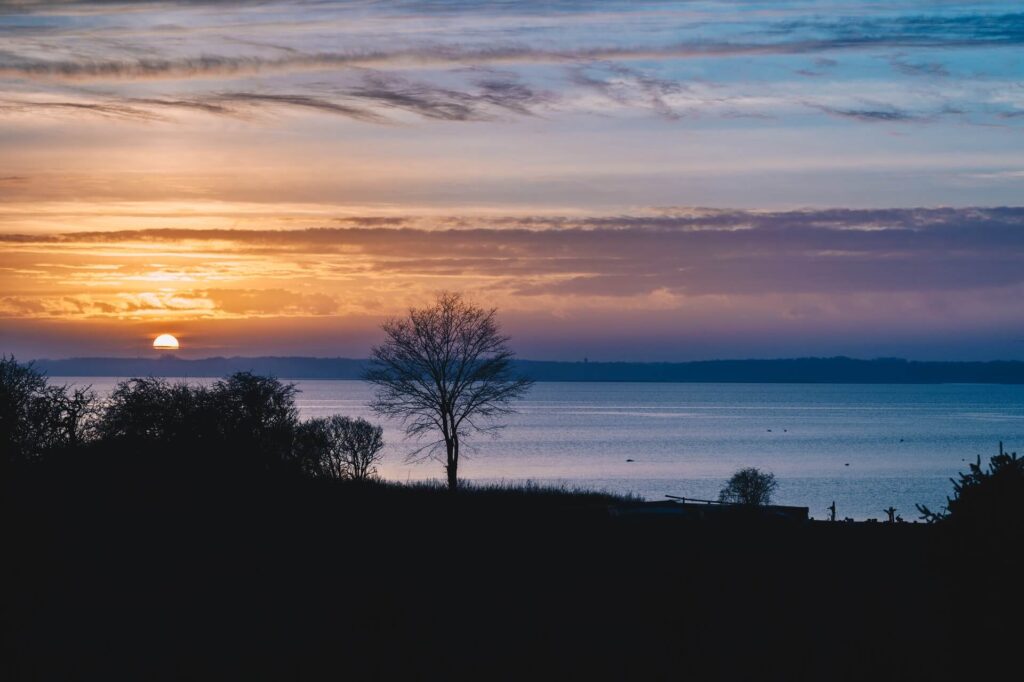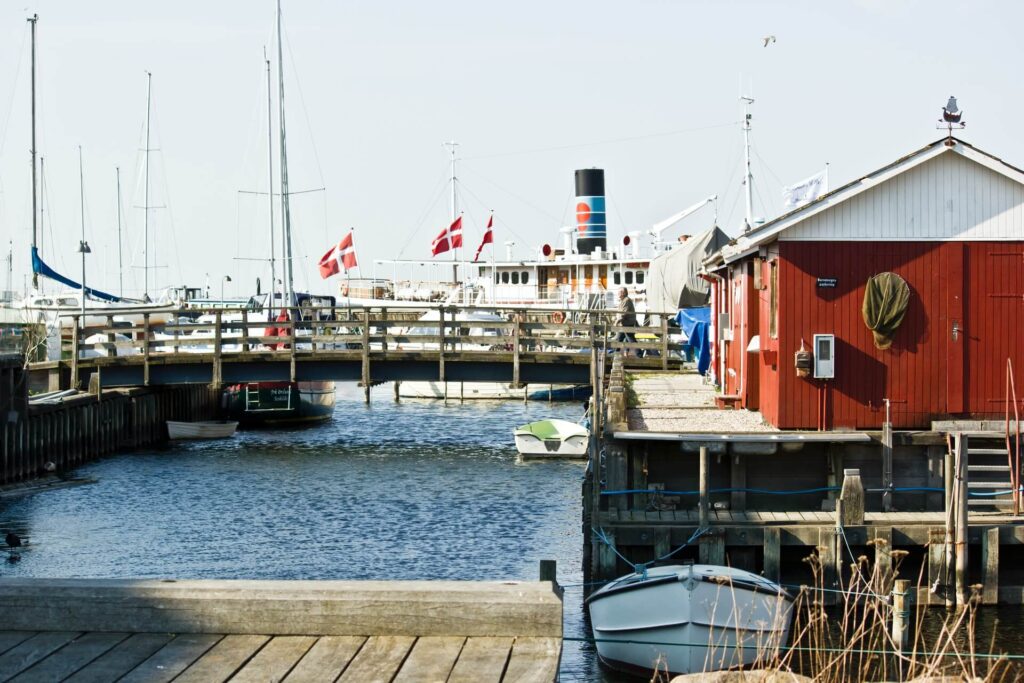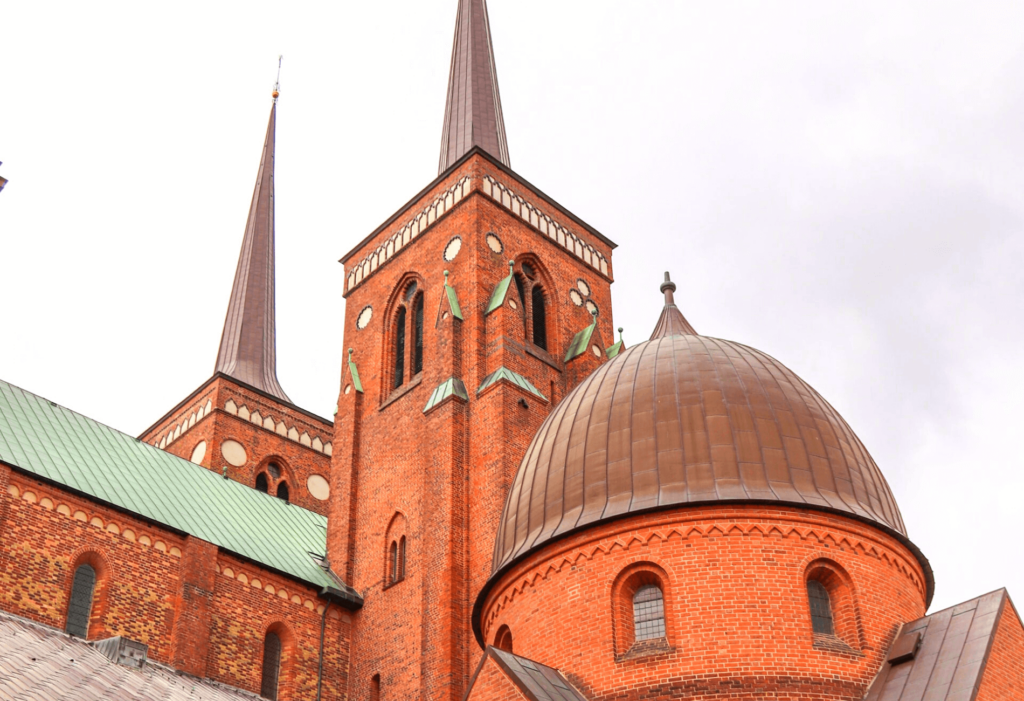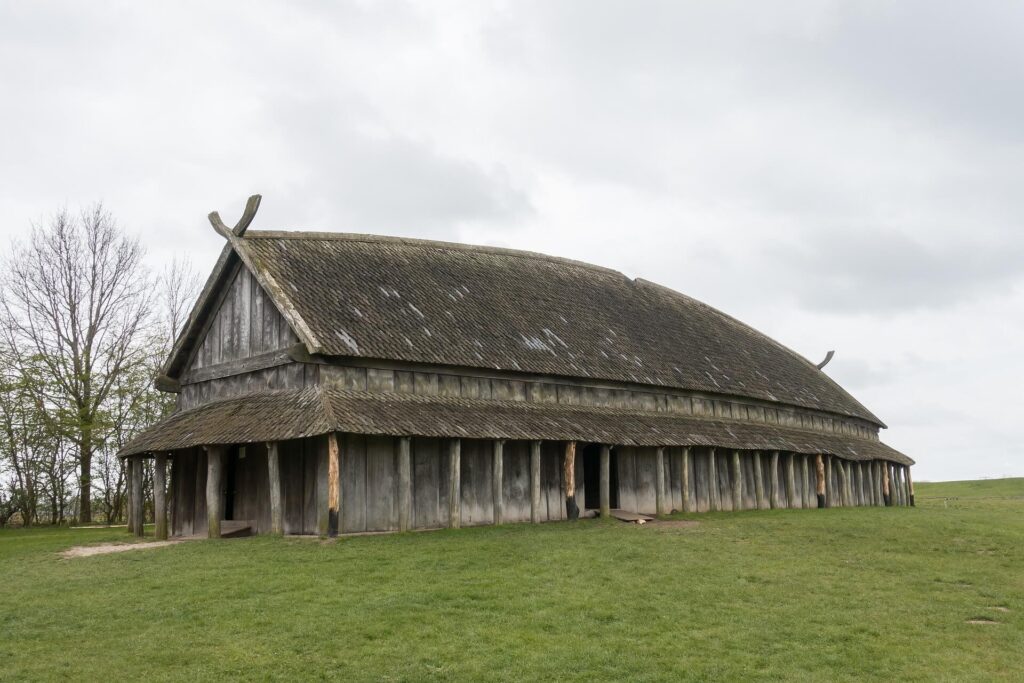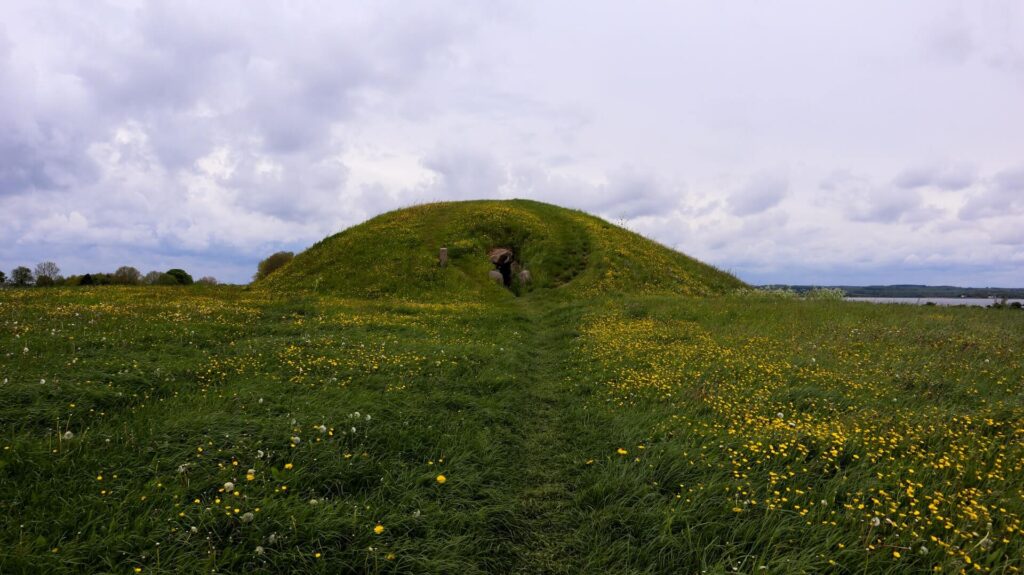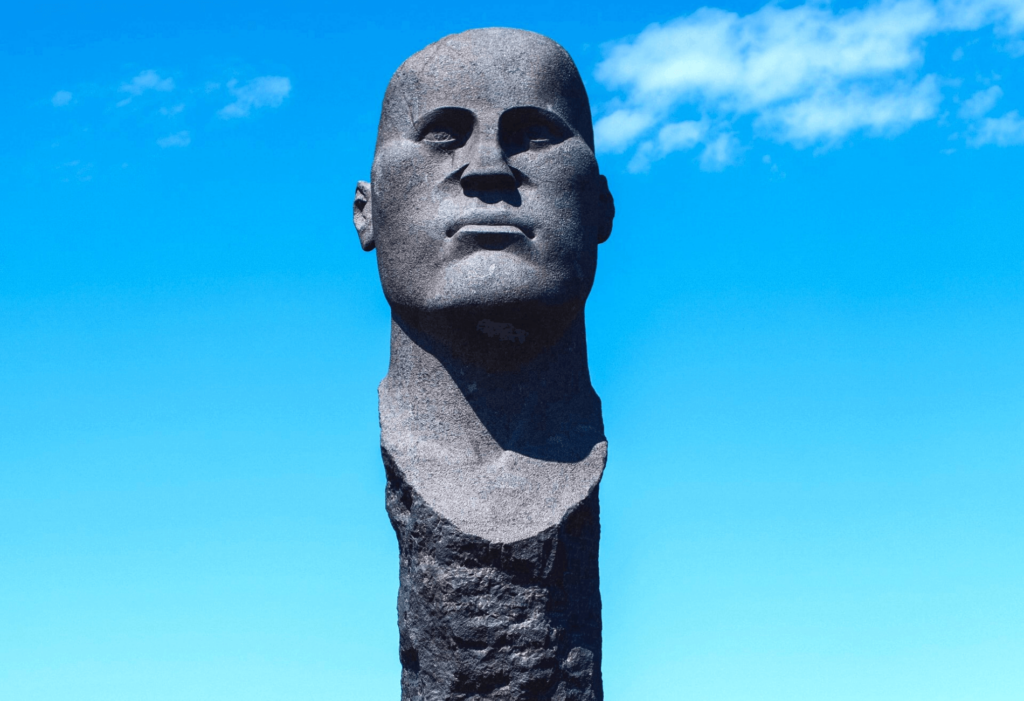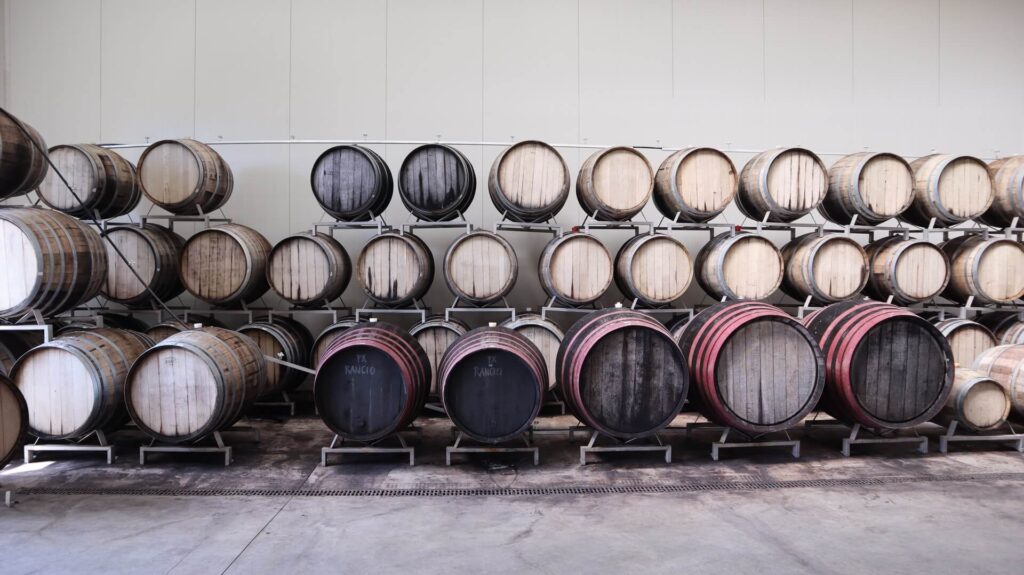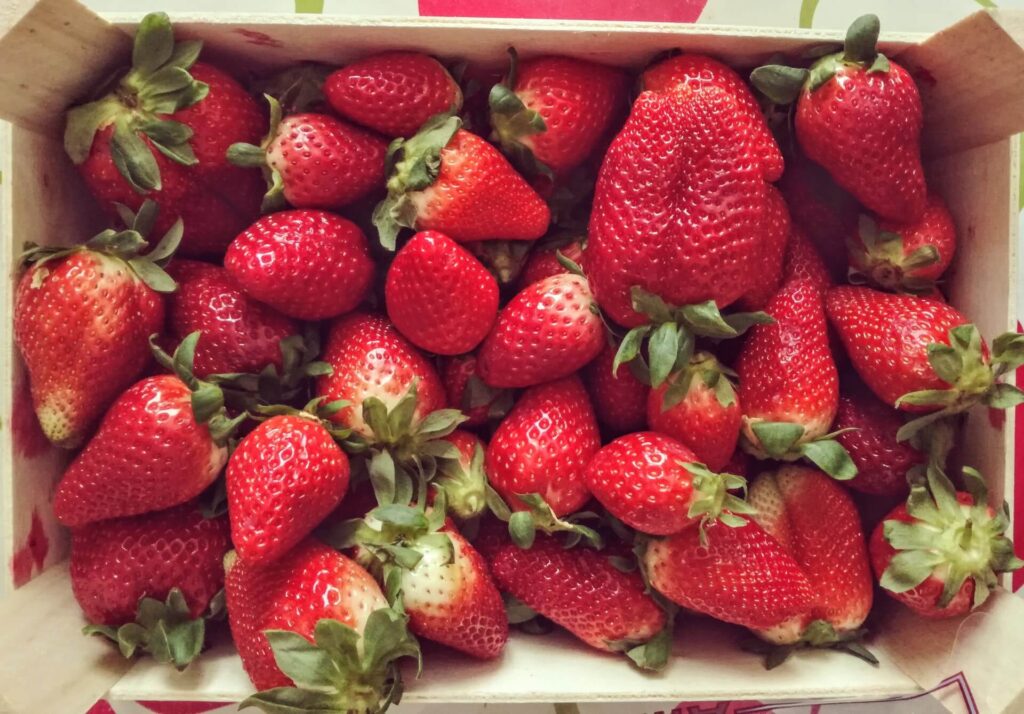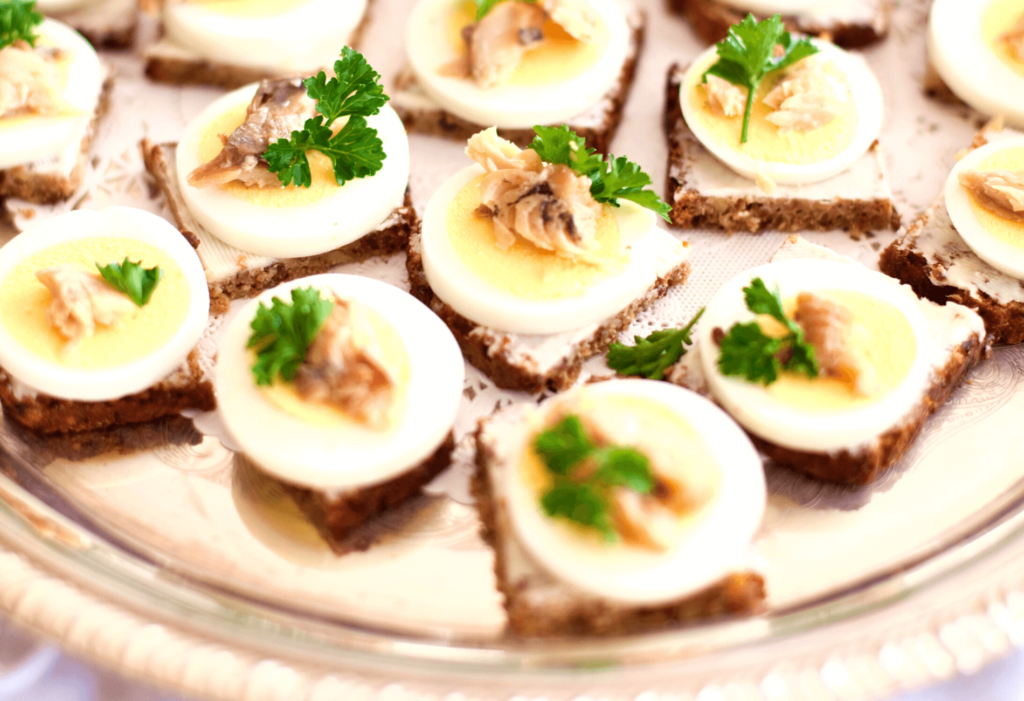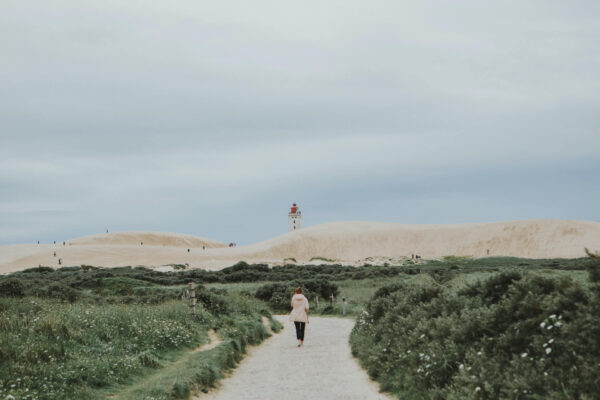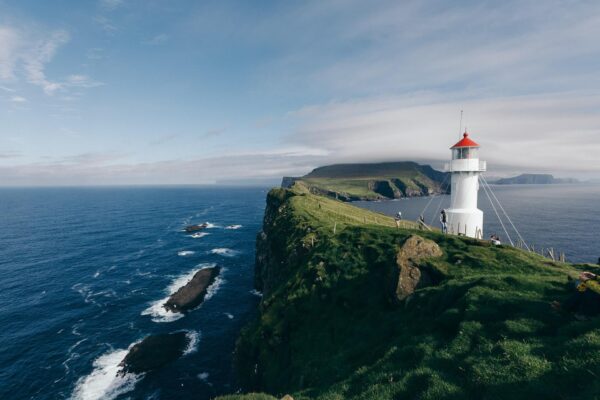Islands and sea – that’s how the Danish region of Zealand can be summarised in three words. A large part of the Danish Baltic Sea archipelago belongs to the region in the heart of the country, so it is not only characterised by picturesque beaches, but also many other incomparable natural phenomena. But there is also plenty to discover culturally, such as numerous relics from the Viking era. If you are planning an exciting and unforgettable holiday in Denmark, the Zealand region is just the place for you.
The region of Sjælland (in English Zealand) should not be confused with the island of the same name. This forms its center, but is not completely part of the region. The islands of Lolland, Falster and Mön also belong to Sjælland. It is an administrative-political unit that stands between the municipalities and the state.
| Administrative headquarters | Sorø |
|---|---|
| Area | 7,222,8 km² |
| Inhabitants | 840,000 |
Zealand: The natural idyll of the Danish archipelago
As a region consisting of numerous islands, Zealand has a lot of beautiful, sometimes spectacular nature to offer. Of course, the numerous beaches immediately spring to mind, which are among the most beautiful in Denmark, but there is also plenty to discover away from the sand and sea.
However, we’ll stick to the region’s beaches for now. Every corner of the region is home to idyllic beaches, whether on Zealand or one of the smaller islands. The beach at Marielyst on Falster is particularly well-known and is considered one of the most beautiful beaches in Denmark. It is particularly popular with families as the water is calm and shallow. The north of the island of Zealand is known as the “Danish Riviera” – here you will find endless sandy beaches and coastal areas that are also ideal for cycling.
The island of Møn is a special highlight. It lies south of Zealand and east of Lolland-Falster, and is a marvellous natural paradise. It is best known for the impressive chalk cliffs of Møns Klint, the island’s white cliffs, where you can not only enjoy the spectacular view but also go fossil hunting. Møns Klint is Denmark’s first UNESCO biosphere reserve and here you will not only find the dense and species-rich Klinteskoven forest, but also the GeoCenter adventure centre, where you can learn all about Denmark’s natural history.
Knuthenborg Safaripark, the largest safari park in Northern Europe, on the island of Lolland offers a completely different kind of nature experience. It is home to over 1000 animals that can be marvelled at from the comfort of your own car. There is also a dinosaur exhibition in the “sequoia forest” with numerous models of the former rulers of the planet.
Another spectacular attraction is the “Skovtårnet” or “Treetop Tower” in the Gisselfeld Klosters Skove forest in the south of Zealand, a 45 metre high wooden tower that is the highest structure on the island and offers a fantastic view over the region. The treetop walk not only includes the spiral-shaped tower, but also the path to it, where you can learn all kinds of things about fauna and flora surrounded by tree tops.
Seeland’s cultural highlights
When it comes to Zealand’s culture, Roskilde is a must. The town on the Roskildefjord was the capital of Denmark and seat of the kings until 1443 – and even today it is still a cultural centre that attracts visitors from near and far. These days, however, they tend to come for the music – Roskilde is the venue for the popular Roskilde Festival, which takes place every summer by the fjord.
If you want to stay a few days longer in the city, you can go on a journey into Denmark’s past. The cityscape is not only characterised by the fjord, but also by historical buildings and cultural monuments – Roskilde Cathedral, for example, is still the most important church in the country, as Danish monarchs are traditionally buried here. You will also find the Viking Ship Museum here, where five Viking ships are on display.
But it is not only in Roskilde that you can find traces of the once mighty seafarers – there are relics and buildings all over the island. One well-known excursion destination, for example, is Trelleborg Castle (not to be confused with the Swedish town of the same name, Trelleborg!), which was built in 981 and excavated between 1934 and 1942. Today, the open-air museum is just one of many centres dedicated to prehistoric Denmark. There are also numerous passage graves and burial mounds of ancient kings scattered around the islands, as well as several rune stones.
In addition to the many historical museums and castles, there are also many modern museums and exhibitions in the Zealand region, such as the Holmegaard Værk, where you can marvel at Danish glass art, and several museums of (modern) art. There are also several special sculpture sites: the Dodekalitten on Lolland are modern sculptures that commemorate the colonisation of Lolland 7,500 years ago by migrants from the Bosporus region; in Hundested, on the other hand, you can marvel at spectacular buildings made of sand every summer at the Hundested Sand Sculpture Festival.
Culinary: The flavour of Zealand
Like everywhere else in Denmark, fish is the main ingredient on the Zealand menu. The classic Smörrebröd is a favourite here with herring, but seafood, crab and mussels are also popular. The fish can not only be tasted in the numerous fish restaurants and shops, but can also be caught yourself – the west coast of Zealand is particularly popular with amateur anglers.
There are also a number of farm shops that can be found all over the islands. Here you can find regional and delicious fruit and vegetables, as well as a variety of berries – strawberries and blueberries are particularly popular. Some shops and farms also have their own ice cream production, so you can refresh yourself with fantastic organic ice cream in the summer months.
Zealand is also a centre for Danish winegrowers. On Zealand you will find Dyrehøj Vingaard, the largest wine estate in Scandinavia, but also numerous other wine estates and vineyards where top-class wine is produced. A speciality from the island of Lolland is cherry wine, which is made from Stevnsbaer cherries on the Frederiksdal estate.
